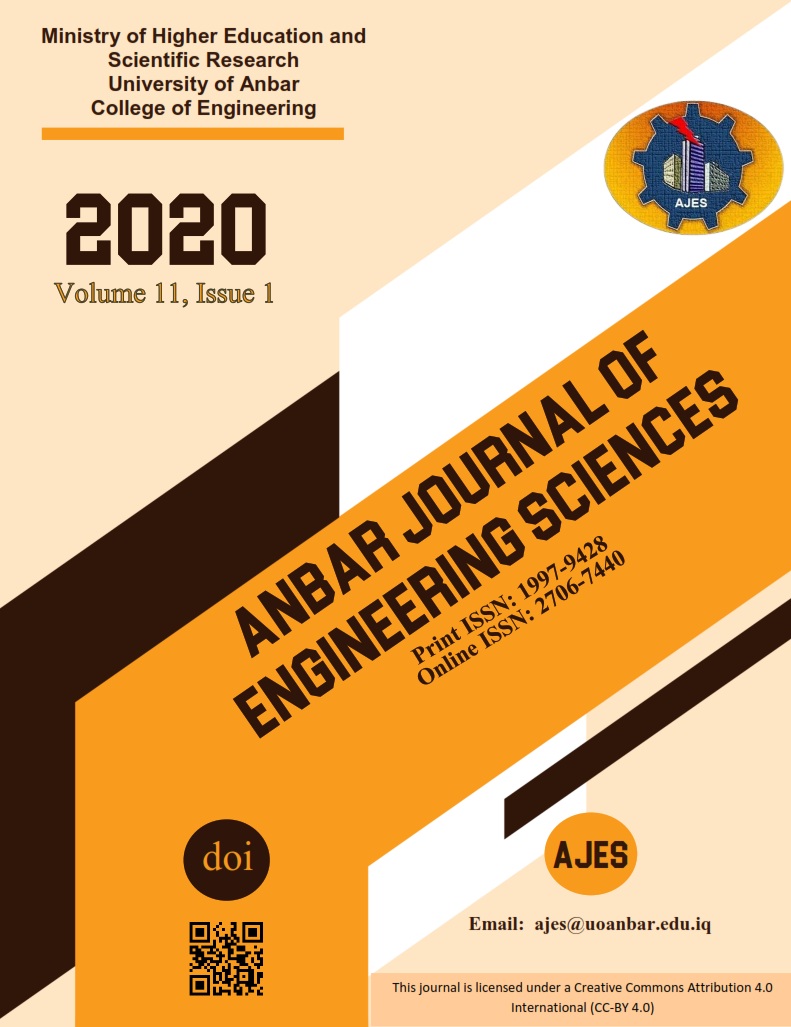Abstract
Utilizing of subsurface water retention technology is a modern technique to retain and save the application water for sustainability of agricultural production through scheduling and management the irrigation processes. The goal of this paper is to evaluate the effect of the supplementary irrigation and rainfed water on improvement of economic water productivity for winter wheat. The experiment was conducted in open field, within Joeybeh Township, located in east of the Ramadi City, in Anbar Province, for the growing season 2018-2019. Two plots were used for comparison process, the first plot where membrane trough below the root depth was installed and supplementary irrigation system was conducted beside the rainfed water and according to scheduling the irrigation process as checkbook method. While in second plot, the membrane trough was installed and only rainfed water was depend on. Cultivated date of winter wheat was December, 20th, 2018, and the harvest date was May, 10th, 2019. The obtained result was showed that the crop yield and economic water productivity from the first plot and the second plot were equaled to 0.52 kg/m2 and 0.35 kg/m2, and 930 ID/m3 and 800 ID/m3, respectively. The increasing value of crop yield and economic water productivity in the first plot was more than that in the second plot by 49 % and 16 %, respectively. The benefits of applying supplementary irrigation system with installing the new techniques of retaining the applied water were sufficient in improvement the crop yield and accordingly improved value of the economic water productivity.
